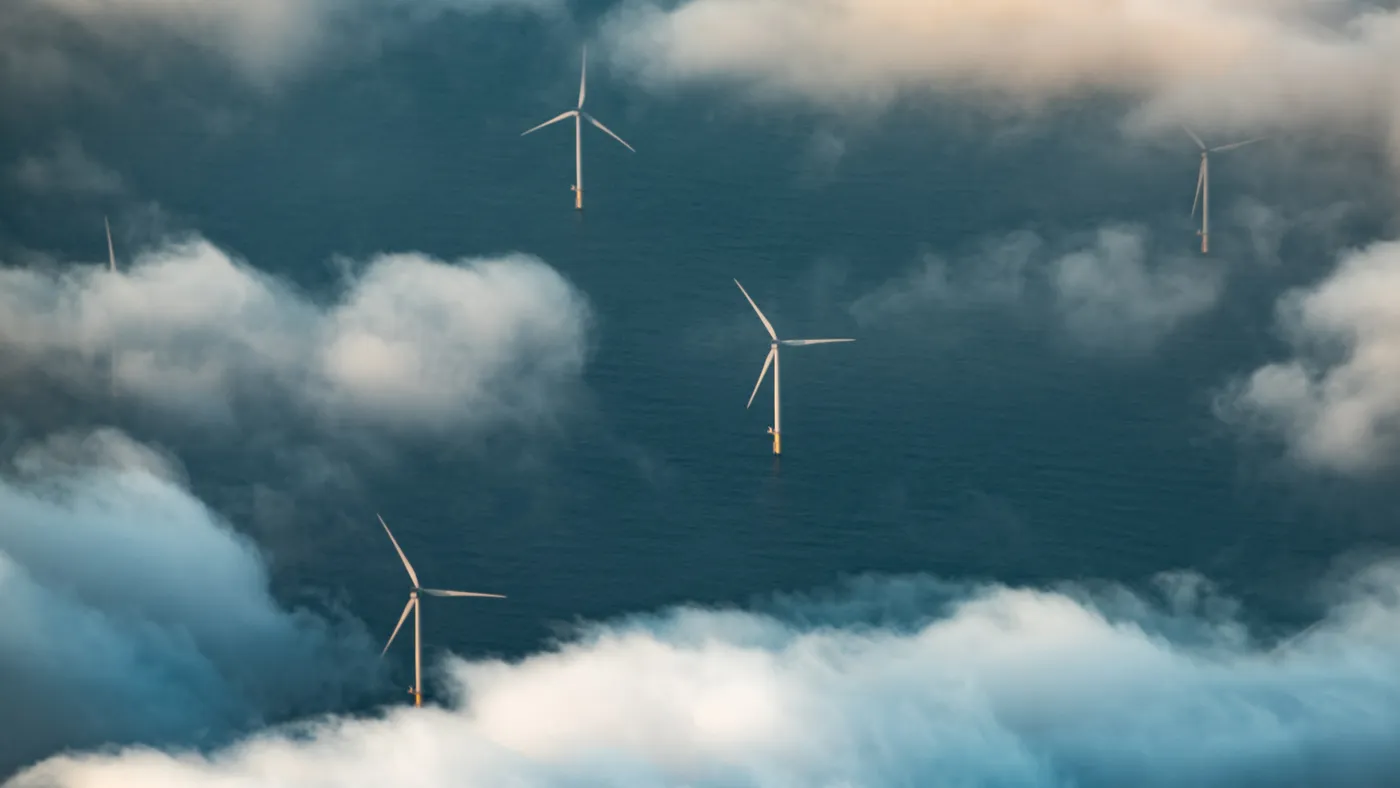June 26: The most recent version of this tracker updates the policy table to include legislation introduced in Congress that would curtail the tax credits in the Inflation Reduction Act that benefit offshore wind; legislation introduced in New Jersey that would establish a program to expand state manufacturing capacity for industries including offshore wind; and legislation introduced in Oregon to extend, from 2025 to 2027, the state’s deadline for producing a report on state enforceable policies that could be used in the federal consistency review of offshore wind leasing decisions.
Other recent developments in the U.S. offshore wind industry include:
- Atlantic Shores Offshore Wind asked the New Jersey Board of Public Utilities to terminate the project’s offshore renewable energy credits and release it from all associated obligations.
- Attorneys general from 17 Democratic-led states and D.C. filed a lawsuit asking a district court to block President Trump’s ban on wind energy approvals and declare it illegal.
- The Trump administration lifted a stop work order on Equinor’s Empire Wind 1 project offshore New York. Statements from New York Gov. Kathy Hochul and Interior Secretary Doug Burgum implied that the restart approval was related to an agreement about the state’s natural gas pipeline capacity.
- Dominion Energy announced that by the end of Q2, the cost of its 2.6 GW Coastal Virginia Offshore Wind project could increase by at least $120 million due to new tariffs.
An offshore wind boom is underway in the U.S. as the industry aims to meet the Biden administration’s goal of deploying 30 GW by 2030. Last year the Bureau of Ocean Energy Management held its first-ever auction for offshore wind leases off the West Coast in addition to auctioning six new lease areas in the New York Bight, and the Bureau of Ocean Energy Management held its first-ever auction for offshore wind leases off the West Coast. A record total of nine leases went into effect in 2022.
The federal government has also proposed lease sales in the Gulf of Maine and the Gulf of Mexico, where deeper waters will necessitate the use of floating wind platforms instead of fixed-bottom turbine foundations. And Ohio is working to establish an offshore wind farm in Lake Erie that would be the first U.S. freshwater farm in state-controlled waters.
Offshore wind farms are concentrated in the Northeast's shallow waters
Offshore wind projects under construction are poised to add unprecedented capacity to the nascent industry
As the industry expands, so do the number of state and federal policy measures aimed at managing offshore wind. These measures include proposals to direct some offshore wind revenue toward studies on the industry’s marine impacts, and ones that would require analysis of offshore wind’s impacts on transmission planning. Use the search field below to find individual states by their postal abbreviation, or type "US" to find activity at the federal level.
States and Congress are considering a bevy of measures
Methodology: Wind farms under construction are listed once their developers release specifics on their size and location. The policy table includes significant state and federal developments. It generally does not include project-specific developments like environmental assessments. To suggest updates or alterations, please email [email protected].
Visuals Editor Shaun Lucas and Data + Visuals Director Greg Linch contributed to this story.







